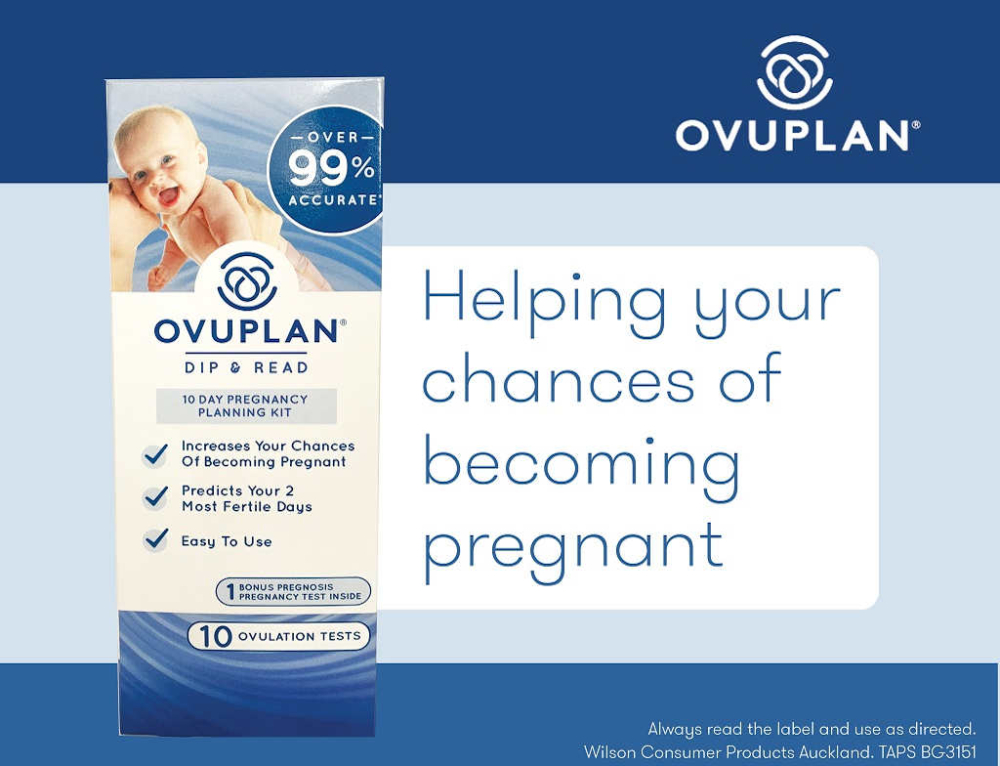For most women, nine months of pregnancy ends with a wonderful event – the birth of your healthy baby. For a very small number of women, the baby may develop with a serious, perhaps life-threatening, problem.
Testing during the early stages of your pregnancy can help identify some of these problems and may help you come to an important decision about your baby. Having these tests is not compulsory and there are some women who choose not to take them at all. It’s up to you.
For those that are interested in being tested but aren’t sure which tests to take, antenatal tests can be divided into two categories:
- Screening tests
- Diagnostic or invasive tests.
Screening tests
Nuchal Transluency (NT) Scan
In this test, the thickness of the fluid-filled space at the back of your baby’s neck is measured. The test is performed during 12-13 weeks of pregnancy using an ultrasound technology. It is used mainly to test for Down Syndrome but is also helpful in detecting abnormalities related to the heart of the foetus.
Bio-Chemical Testing (NT-Plus)
This test compares the results of the Nuchal Transluency scan with the levels of two proteins and free (Beta)hcg) present in maternal blood and provides a good estimate of the risk of chromosome abnormality. Combined with the NT Scan results, it can detect up to 80-90 percent of babies with Down Syndrome.
Triple Test or Maternal Serum Screening
This test, done by analysing the blood sample taken from a pregnant woman, measures levels of alpha-fetaprotein, (hcg) and unconjugated estriol (a type of estrogen produced by the placenta). It has the capability of detecting around 80 percent of neural tube defects and Down Syndrome cases.
Diagnostic or invasive tests
These more comprehensive tests may be performed when:
- The woman is over 35 years of age
- A screening test has indicated that there may be an increased risk
- The woman has had a previous child or pregnancy with some kind of chromosomal abnormality
- There is a family history of genetic abnormality.
Chrionic Villus Sampling
This test is carried out between 10-12 weeks gestation by one of two ways. In some cases, a catheter is passed through the cervix, or, alternatively, a needle is inserted through the abdomen. A sample of chrionic villus tissue (the tissue that will eventually become placenta) is taken and tested. This procedure does come with a small risk of miscarriage which is less than 1 percent.
Amniocentesis
For detecting Down Syndrome and other chromosomal abnormalities, this is considered to be the most accurate test and is usually performed during weeks 15-16 of pregnancy. Under ultrasound guidance, a fine needle is inserted through the abdomen to withdraw a small amount of amniotic fluid for further testing. Again, there is also a very small risk of miscarriage – less than 1 percent.
What are neural tube defects?
Neural tube defects are serious abnormalities which occur in the development of the brain and spinal cord in about 1 in 500 babies. The cause is, as yet, unknown. The two most common forms are anencephaly and spina bifida.
In anencephaly there is abnormal development of the baby’s brain and skull and babies with anencephaly usually die soon after birth.
In spina bifida, the baby’s spine does not form properly. Babies with spina bifida may have paralysis of the legs, lack of bladder and bowel control, and curvature of the spine. Hydrocephalus (too much fluid around the brain) can also occur.
What is Down Syndrome?
Down Syndrome is what happens when a baby has an extra copy of one of its chromosomes (chromosome 21). This happens in about 1 in 600 babies. The cause is, as yet, unknown.
Children with Down Syndrome usually have a characteristic appearance. They have varying levels of intellectual disability. They may also have one or more medical problems involving their bones, heart, bowel and thyroid gland. Some may also have poor eyesight and hearing.
When it comes to testing during pregnancy, your doctor will advise you of the best options for your specific circumstance but remember, the choice is always yours.
If done at around 11-13 weeks gestation, the combined blood and ultrasound tests will detect around 85 percent of all babies affected with Down Syndrome. If done when you are between 14 and 20 weeks pregnant, blood testing and ultrasound scanning will detect over 95 percent of all babies who have a Neural Tube Defect, and about 75 percent of all babies who have Down Syndrome. Not all affected babies will be detected.
This article was written by Claire Halliday for New Zealand’s leading parenting resource, Kidspot.







Leave A Comment
You must be logged in to post a comment.